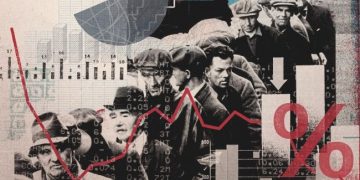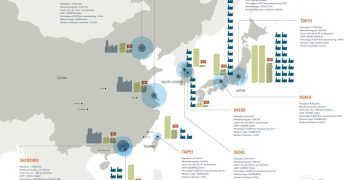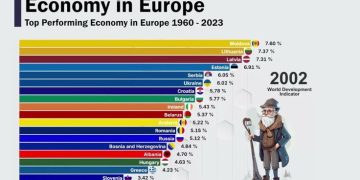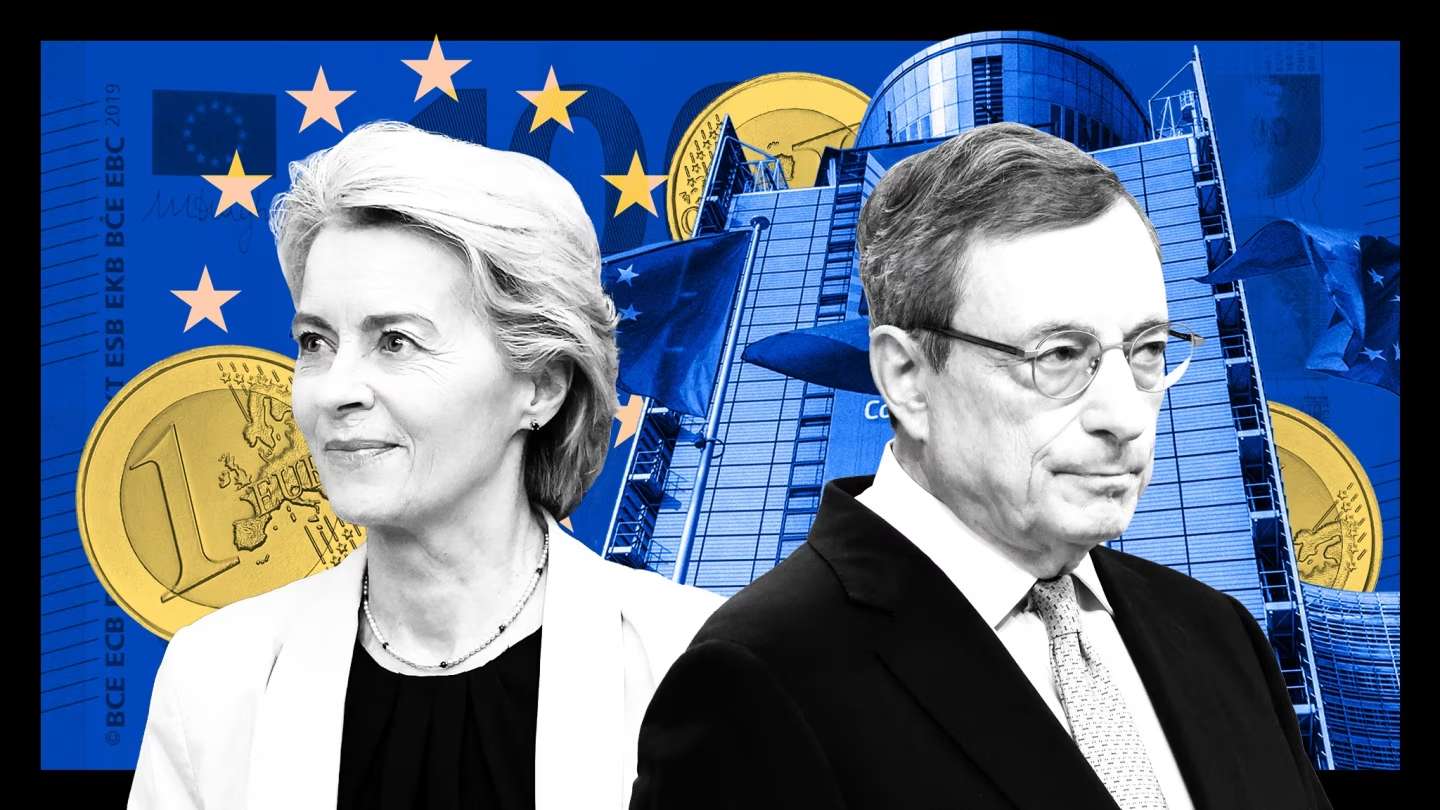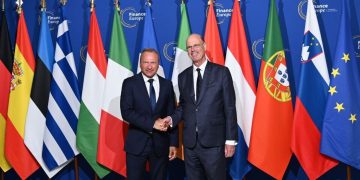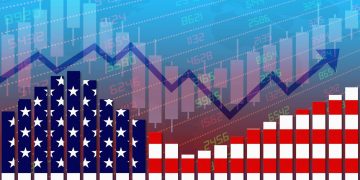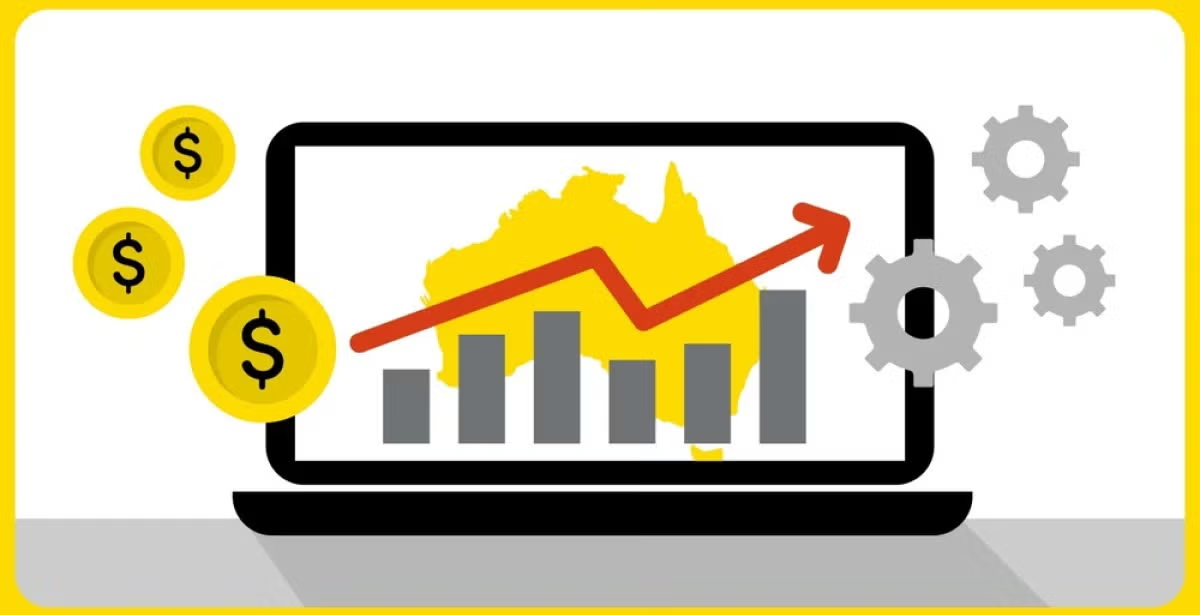In recent times, the financial markets have witnessed a pronounced divergence between the U.S. dollar and the euro. The dollar’s robust strength contrasts sharply with the euro’s persistent weakness, raising important questions about the underlying forces driving this currency disparity. Beyond simple supply and demand mechanics, this tug-of-war between the world’s two most influential currencies reflects deeper capital dynamics, geopolitical shifts, monetary policy divergences, and investor sentiment. Understanding the complex capital battles behind the strong dollar and weak euro is crucial for investors, policymakers, and corporations navigating today’s interconnected global economy.
The Dollar’s Ascendancy: What’s Driving the Strength?
Several key factors have contributed to the U.S. dollar’s notable appreciation:
- Monetary Policy Divergence: The Federal Reserve has been relatively more aggressive in tightening monetary policy compared to the European Central Bank (ECB). Higher interest rates in the U.S. attract global capital seeking better returns, fueling demand for dollars.
- Safe-Haven Status: Amid geopolitical tensions, global economic uncertainties, and financial market volatility, investors often flock to the U.S. dollar as a safe-haven currency. This flight to safety has reinforced dollar demand.
- Robust Economic Fundamentals: The U.S. economy has demonstrated relative resilience with solid GDP growth, a strong labor market, and stable consumer spending, supporting confidence in the dollar.
- Global Reserve Currency Role: The dollar’s dominant position as the world’s primary reserve currency ensures sustained demand from central banks, multinational corporations, and international trade transactions.
The Euro’s Weakness: Underlying Challenges
Conversely, the euro has faced several headwinds weighing on its value:
- Slower Monetary Tightening: The ECB’s cautious approach to raising interest rates, driven by concerns over the eurozone’s uneven economic recovery and inflation dynamics, has resulted in lower yield appeal compared to the U.S.
- Economic Uncertainties in the Eurozone: Structural issues such as slower growth rates, energy dependencies, and political fragmentation within member states contribute to weaker investor confidence.
- Geopolitical Risks: Proximity to ongoing conflicts in Eastern Europe, supply chain disruptions, and trade uncertainties have created a risk-off sentiment around the euro.
- Divergent Fiscal Policies: Compared to the U.S.’s relatively expansive fiscal stimulus measures, the eurozone’s more conservative fiscal stance limits growth prospects and market enthusiasm.
Capital Flows and Market Sentiment: The Hidden Battlefields
The contrasting fortunes of the dollar and euro are fundamentally about the movement of capital — where investors choose to allocate resources based on risk, return, and policy signals:
- Cross-Border Investment Shifts: Higher U.S. yields and perceived economic stability attract foreign portfolio investments into U.S. Treasury bonds, equities, and corporate debt, increasing demand for dollars.
- Currency Carry Trades: Investors borrowing in euros to invest in higher-yielding dollar assets amplify downward pressure on the euro and upward momentum for the dollar.
- Central Bank Actions: The Federal Reserve’s rate hikes coupled with the ECB’s slower pace influence reserve managers’ decisions on currency allocations, affecting foreign exchange markets.
- Speculative Positioning: Hedge funds and large institutional traders often take directional bets based on macroeconomic outlooks, magnifying currency swings.
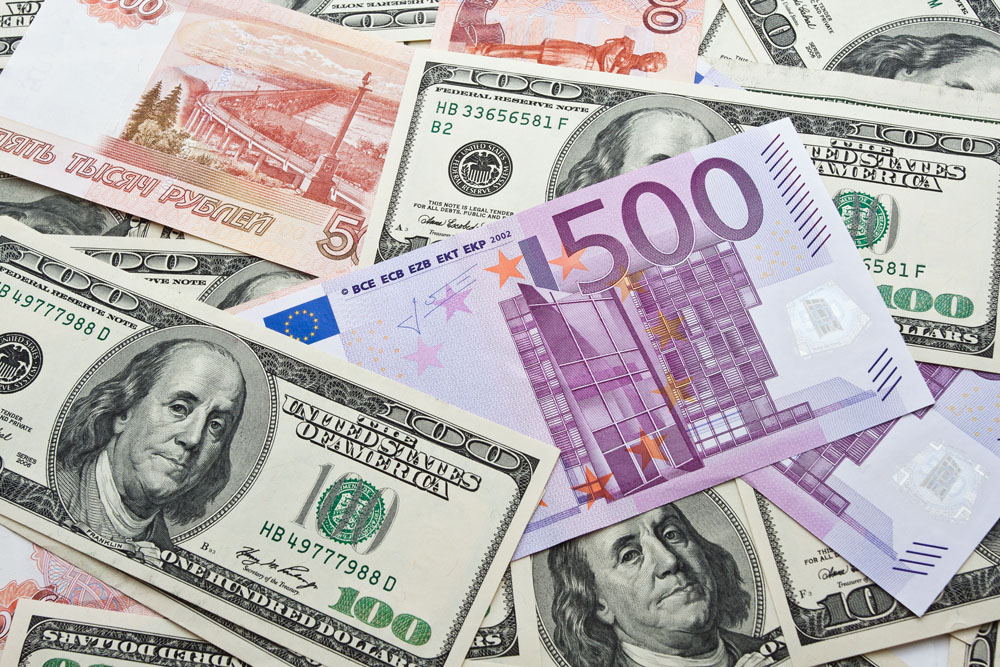
Geopolitical and Strategic Considerations
The dollar-euro dynamic also reflects broader geopolitical contestations and strategic calculations:
- U.S. Economic Leadership: A strong dollar underpins America’s economic influence, facilitating its ability to enforce sanctions, finance deficits, and maintain geopolitical leverage.
- European Integration and Sovereignty: The euro’s weakness highlights challenges facing the EU in achieving deeper economic integration and political unity, with currency stability linked to broader regional cohesion.
- Global Power Shifts: As emerging economies rise and new financial blocs form, the dollar-euro rivalry is increasingly embedded in a multipolar world contest.
Implications for Investors and Policymakers
The ongoing capital battles between the dollar and euro have widespread consequences:
- Trade and Corporate Earnings: Currency fluctuations impact export competitiveness, profit margins for multinational firms, and inflation through import costs.
- Investment Strategies: Currency risk management becomes critical for global portfolios, with investors adjusting asset allocations to hedge or capitalize on currency trends.
- Monetary Policy Dilemmas: Central banks face the challenge of balancing domestic economic goals with the international repercussions of their currency policies.
- Economic Stability: Prolonged imbalances may exacerbate financial market volatility and complicate coordination among global economic powers.
Conclusion
The stark contrast between a strong U.S. dollar and a weak euro is far more than a currency market phenomenon; it is a manifestation of intricate capital battles driven by monetary policy divergences, economic fundamentals, geopolitical tensions, and investor psychology. This ongoing tug-of-war shapes global capital flows, trade patterns, and strategic alliances, making it essential for market participants to understand the forces at play. As the global economic landscape evolves, the interplay between these two major currencies will remain a central axis around which international finance and diplomacy revolve.








